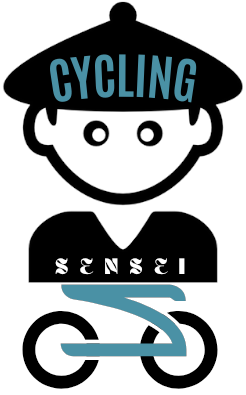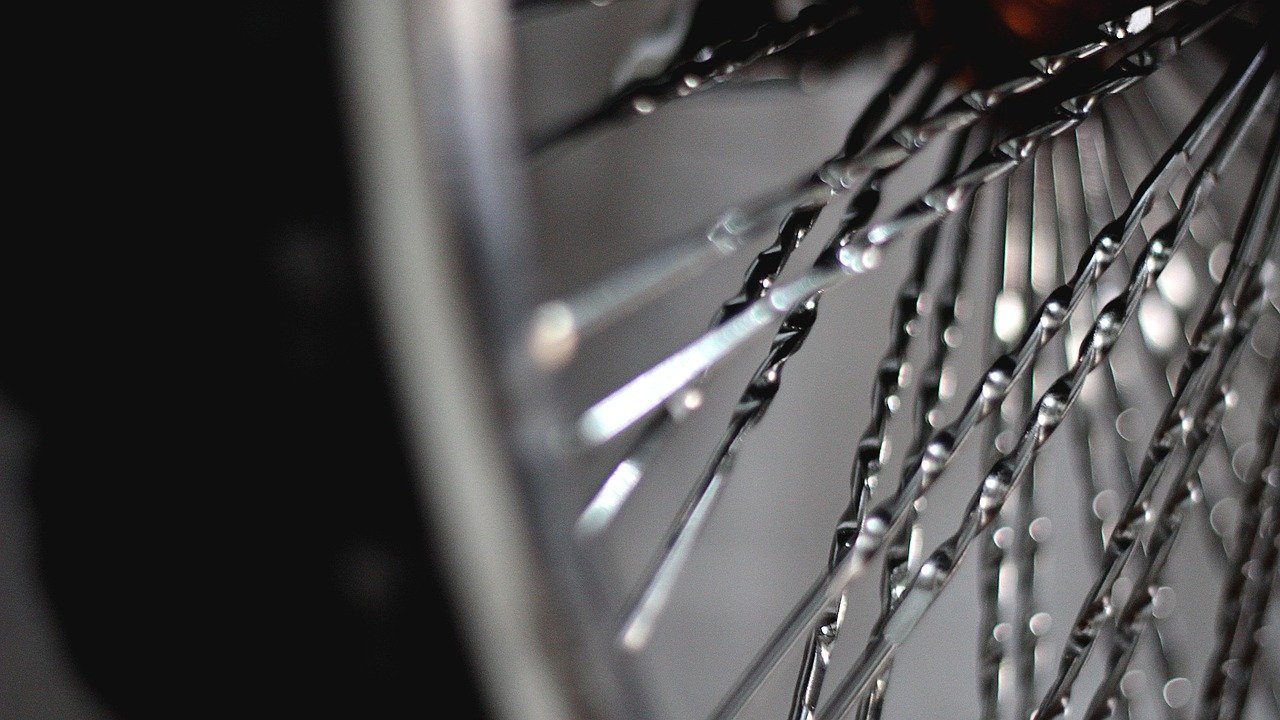How Do I Choose The Right Pedal For My Riding Style?
Are you a cycling enthusiast in search of the perfect pedal to enhance your riding experience? Look no further! Choosing the right pedal for your riding style is crucial for optimizing your performance on the bike. Whether you prefer long endurance rides or prefer the speed and agility of mountain biking, selecting the right pedal can make all the difference. In this article, we will explore the factors to consider when choosing the perfect pedal, helping you find the ideal match for your personal riding style. So, let’s pedal into the world of cycling and discover the key to a smoother and more enjoyable ride!
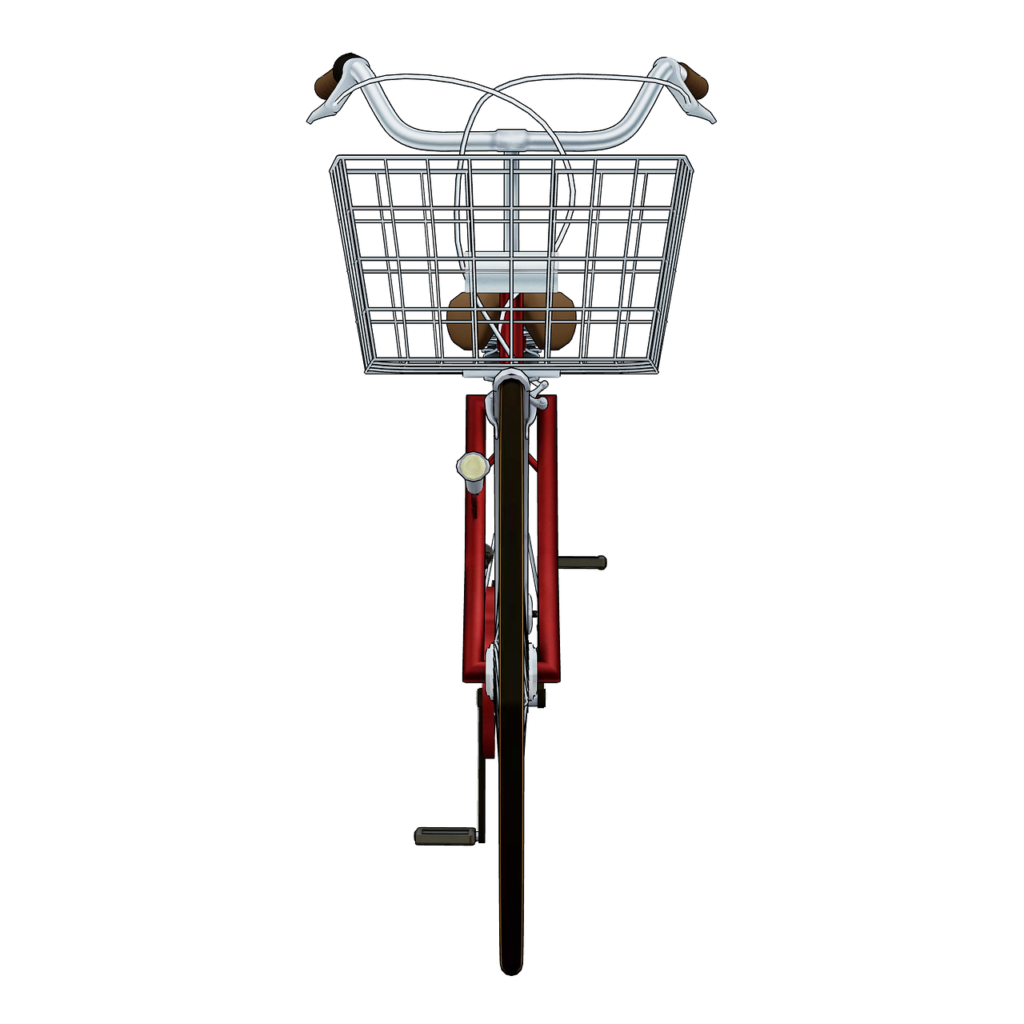
Types of Bike Pedals
When it comes to bike pedals, there are a few different types to choose from, each with its own unique advantages and disadvantages. The four main types of bike pedals are clipless pedals, flat pedals, platform pedals, and toe clips and straps. Understanding the differences between these pedal types can help you decide which one is best suited for your riding style and goals.
Consider Your Riding Style and Goals
Before you make a decision on which pedals to use, it’s important to consider your riding style and goals. Are you primarily a road cyclist, a mountain biker, a commuter, or a touring enthusiast? Each of these disciplines has specific pedal requirements to enhance your riding experience.
Road Cycling
If you’re mainly into road cycling, you’ll want to prioritize efficiency and power transfer. Clipless pedals are often the preferred choice for road cyclists due to their ability to secure your feet to the pedals, allowing you to maximize your pedal stroke and transfer power more effectively.
Mountain Biking
For mountain bikers, the terrain can be unpredictable and technical. Flat pedals are a popular choice for mountain biking as they provide a larger platform for your feet and allow for quick and easy foot position adjustments during challenging obstacles. Additionally, flat pedals offer the advantage of being able to quickly bail in case of emergencies or crashes.
Commuting
When it comes to commuting, versatility and convenience are key. Platform pedals are a great option for commuting as they provide a large and stable platform for your feet. This allows you to wear any type of shoe, including regular street shoes or even dress shoes, and still have a secure and comfortable pedaling experience.
Touring
Touring cyclists often spend long hours in the saddle, so comfort and efficiency are crucial. Clipless pedals are a popular choice for touring as they provide a secure connection between your feet and the pedals, allowing for efficient pedaling over long distances. However, some touring cyclists may prefer flat pedals to have the ability to easily walk around off the bike during breaks or sightseeing.
Factors to Consider When Choosing Pedals
When selecting the right pedals for your riding style, there are several factors you should take into account. These factors will help you determine which pedals will best suit your needs and preferences.
Cleat Compatibility
If you opt for clipless pedals, it’s essential to consider cleat compatibility. Different pedal manufacturers and models often require specific cleats, so make sure the pedals you choose are compatible with the cycling shoes you already own or plan to purchase.
Pedal Efficiency
Efficiency is crucial, especially for cyclists looking to maximize their performance. Clipless pedals are known for their ability to provide excellent power transfer due to the direct connection between your feet and the pedals. Flat pedals, on the other hand, may be slightly less efficient due to the lack of a secured connection.
Foot Stability
Foot stability is essential when riding, especially in challenging terrain or during high-intensity efforts. Clipless pedals offer enhanced foot stability as your shoes are firmly attached to the pedals. Flat and platform pedals can also provide stability, but they rely on the grip of your shoes and may be slightly less secure in rough conditions.
Ease of Entry and Release
If you choose clipless pedals, it’s important to consider how easy they are to enter and release. Some pedal systems have adjustable release tension, allowing you to customize the ease of entry and release to your preference. This is especially beneficial for beginners or those who may need to disengage quickly in unpredictable situations.
Pedal Weight
Pedal weight may be a consideration for some riders, particularly those who prioritize lightweight components for performance reasons. Clipless pedals often have a lower weight compared to platform pedals, which can be advantageous for riders aiming to reduce overall bike weight.
Durability and Maintenance
When selecting pedals, it’s essential to consider their durability and maintenance requirements. Clipless pedals generally require regular maintenance, such as lubrication and occasional replacement of cleats. Flat pedals and platform pedals, on the other hand, typically have a simpler design and may be more durable with fewer maintenance needs.
Cost
Cost is always a factor to consider when buying any cycling component, including pedals. Clipless pedals can range in price depending on the brand, model, and included features such as adjustable tension or carbon construction. Flat and platform pedals are generally more affordable, making them a popular choice for budget-conscious riders.
Clipless Pedals
Clipless pedals, despite their confusing name, are a popular choice among many cyclists. These pedals provide a secure connection between your feet and the pedals using a cleat system. The advantages and disadvantages of clipless pedals should be carefully considered before deciding if they are the right choice for you.
Advantages of Clipless Pedals
One of the main advantages of clipless pedals is the increased power transfer and pedaling efficiency they provide. By securely attaching your feet to the pedals, you can maximize your pedal stroke and transfer power more effectively. This can lead to improved performance, especially during high-intensity efforts or long rides.
Another advantage of clipless pedals is the added foot stability they offer. With your feet firmly connected to the pedals, you can confidently maneuver your bike through technical terrain without the risk of your feet slipping off. This can be particularly beneficial for mountain bikers tackling challenging trails.
Disadvantages of Clipless Pedals
One potential disadvantage of clipless pedals is the learning curve associated with them. Beginners may find it challenging to get in and out of the pedals quickly, which can result in falls or moments of instability. However, with practice, most cyclists become proficient in engaging and disengaging from clipless pedals.
Clipless pedals also require compatible cycling shoes, which can be an additional expense. The initial cost of purchasing clipless pedals and shoes may be higher compared to other pedal options. However, the benefits they provide in terms of power transfer and foot stability may outweigh the initial investment for many cyclists.
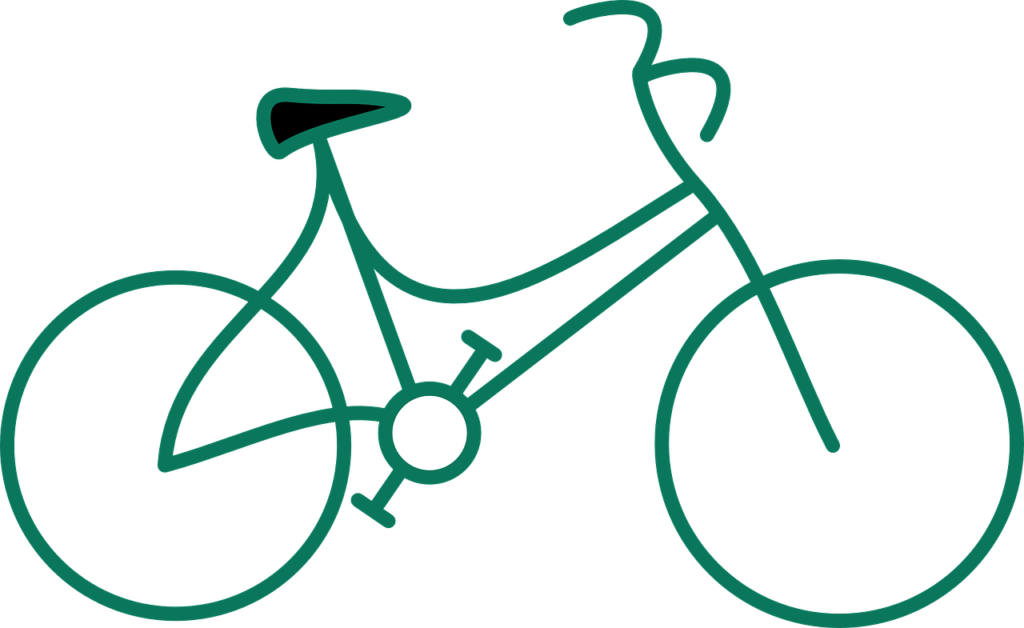
Flat Pedals
Flat pedals are a popular choice for mountain bikers, but they can be used for other riding styles as well. These pedals feature a wide and flat surface, allowing riders to use regular shoes or flat pedal-specific shoes without the need for cleats or specialized footwear. Understanding the advantages and disadvantages of flat pedals can help you decide if they are the right fit for you.
Advantages of Flat Pedals
One of the main advantages of flat pedals is the freedom they provide. Since your feet are not connected to the pedals, you can easily engage and disengage your feet as needed. This can be beneficial for mountain bikers, as it allows them to quickly maneuver their bike, make necessary foot adjustments, or put a foot down for balance and stability.
Flat pedals are also beginner-friendly. For riders who are just starting, or those who are not comfortable with clipless pedals, flat pedals offer a low learning curve. They provide a sense of security and confidence as riders can easily put a foot down when needed.
Disadvantages of Flat Pedals
One potential disadvantage of flat pedals is the reduced efficiency compared to clipless pedals. With no direct connection between your feet and the pedals, some power is lost in the pedal stroke. This can make it more challenging to maintain high speeds or perform at maximum effort levels compared to clipless pedals.
Another disadvantage of flat pedals is the increased risk of foot slip. In wet or muddy conditions, or on rough terrain, the grip between your shoes and the pedals may not be as secure as with clipless pedals. This can lead to foot slippage and potential accidents if not careful. However, choosing a pedal with a grippy platform and wearing appropriate shoes can help mitigate this issue.
Platform Pedals
Platform pedals are similar to flat pedals in that they provide a large, flat surface for your feet. However, platform pedals often have added features to enhance grip and foot stability. Understanding the advantages and disadvantages of platform pedals can help you determine if they are the right choice for you.
Advantages of Platform Pedals
One of the main advantages of platform pedals is their versatility. Like flat pedals, platform pedals allow you to wear regular shoes or flat pedal-specific shoes without the need for cleats or specialized footwear. This makes them a great option for commuters, casual riders, or anyone who wants the flexibility to hop on their bike wearing any type of shoe.
Platform pedals also often feature pins or other traction-enhancing designs to provide superior grip between your shoes and the pedal surface. This increased grip can be particularly beneficial for riders tackling technical off-road terrain or encountering wet conditions.
Disadvantages of Platform Pedals
One potential disadvantage of platform pedals is the reduced efficiency compared to clipless pedals. Similar to flat pedals, platform pedals do not offer the same direct power transfer as clipless pedals. This can result in some power loss, especially during high-intensity efforts or long rides.
Platform pedals may also lack the same level of foot stability as clipless pedals. While they provide a larger and more stable platform compared to flat pedals, the absence of a secured connection can still result in foot slippage in demanding conditions. However, choosing platform pedals with a grippy surface and wearing shoes with adequate traction can help mitigate this issue.
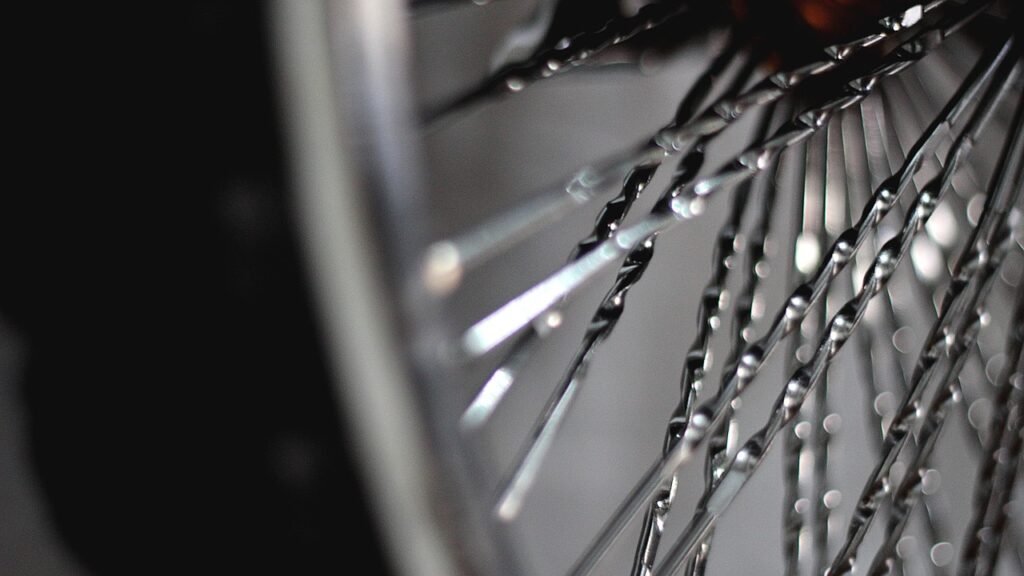
Toe Clips and Straps
Toe clips and straps, also known as “toe cages,” are an older style of pedal attachment that can still be found on some bikes today. These devices attach to flat pedals and provide a method of securing your feet to the pedals without the need for cleats. Understanding the advantages and disadvantages of toe clips and straps can help you decide if they are the right option for you.
Advantages of Toe Clips and Straps
One advantage of toe clips and straps is the increased foot stability they provide. By securing your feet to the pedals, you can prevent foot slippage, especially during high-intensity efforts or challenging terrain. This can increase power transfer and allow for more efficient pedaling.
Another advantage of toe clips and straps is their versatility. Like flat pedals and platform pedals, toe clips and straps allow you to wear any type of shoe. This can be beneficial for riders who prefer the flexibility of being able to switch between cycling shoes and regular shoes without the need for multiple pedal systems.
Disadvantages of Toe Clips and Straps
One potential disadvantage of toe clips and straps is the learning curve associated with their use. Beginners may find it challenging to insert their feet quickly into the toe clips while riding, particularly during fast-paced situations. Additionally, it can take some practice to achieve a comfortable and secure fit when tightening the straps.
Toe clips and straps can also be less convenient compared to other pedal options. Unlike clipless pedals, they require manual adjustment and tightening of the straps to achieve the desired level of foot security. This can be time-consuming, especially if multiple riders with different shoe sizes need to use the same pedals.
Consider Your Skill Level and Experience
Your skill level and experience as a cyclist should also play a role in determining the right pedals for you. Different pedal types may be better suited for specific skill levels, so it’s important to consider your proficiency before making a decision.
Beginners
For beginners, the learning curve and ease of use may be significant factors to consider. Flat pedals, platform pedals, or toe clips and straps are often recommended for beginners. These pedal options allow for quick and easy foot engagement and disengagement, providing a sense of security and confidence while learning the basics of cycling.
Intermediate Riders
Intermediate riders who have gained more experience and confidence on the bike might be ready to explore the benefits of clipless pedals. With improved pedaling technique and bike control skills, clipless pedals can provide enhanced power transfer and efficiency. However, it’s important to spend time practicing clipping in and out of the pedals in a controlled environment before taking them on the road or trails.
Advanced Riders
Advanced riders who have mastered their skills and require maximum performance from their pedals often prefer clipless pedal systems. The direct power transfer and foot stability they offer can be advantageous for high-intensity efforts, competitive racing, or challenging terrain. Advanced riders typically have the experience and coordination necessary to handle the demands of clipless pedals effectively.
Try Before You Buy
Before making a final decision on which bike pedals to purchase, it’s always a good idea to try different pedal types and seek advice from experienced cyclists. Here are a few ways you can test out various pedals and gather insights before making your choice.
Testing Different Pedal Types
Reach out to friends or local cycling clubs to see if you can borrow or test different pedal types on your bike. Spending time using each pedal type on familiar routes can give you a sense of their benefits and drawbacks, helping you make an informed decision based on your own experience.
Visiting a Bike Shop
Visit your local bike shop and talk to the experts. Bike shop personnel can provide valuable advice and help you assess your needs, taking into account your riding style, skill level, and goals. They can also give you the opportunity to physically compare and try different pedals to see how they feel.
Consulting with Experienced Riders
Seeking advice from experienced cyclists can provide valuable insights into the pros and cons of different pedal types. Reach out to local cycling groups or online forums to connect with riders who have firsthand experience with the pedals you are considering. They can often provide personal anecdotes and tips to help you narrow down your choices.
Maintenance and Upkeep
After choosing your preferred pedal type, it’s important to follow proper maintenance and upkeep practices to ensure their longevity and optimal performance. Here are a few maintenance tips to keep in mind.
Cleaning and Lubrication
Regularly cleaning your pedals and applying lubrication to moving parts can help extend their lifespan and ensure smooth operation. Use a bike-specific degreaser to remove dirt and grime from the pedals, and then apply a quality bike lubricant to the axles and bearings. Be sure to wipe off any excess lubricant to avoid attracting dirt and debris.
Replacing Worn-out Parts
Over time, pedals may experience wear and tear, especially in high-stress areas such as the bearings or the cleat engagement mechanism (for clipless pedals). Inspect your pedals regularly for signs of damage or excessive wear, and replace any worn-out or damaged parts to maintain optimal performance and safety.
In conclusion, choosing the right bike pedal for your riding style is an important decision that can greatly impact your cycling experience. Consider your riding style and goals, as well as the factors mentioned above, such as cleat compatibility, pedal efficiency, foot stability, ease of entry and release, pedal weight, durability and maintenance, and cost. Take your skill level and experience into account, and don’t forget to try different pedal types and seek advice before making a final decision. Lastly, proper maintenance and upkeep will ensure the longevity and optimal performance of your chosen pedal system. Happy cycling!
